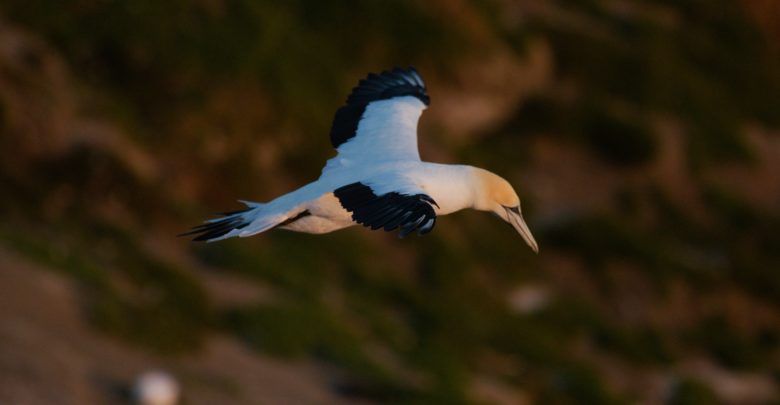Diet and exercise: U of A study finds birds manage body weight the same way as humans
Birds may not be that different than humans when it comes to managing weight.
 Kings Lee
Kings LeeA new study reveals that birds manage body weight through the human-like approach of optimizing a diet and exercise regime.
The study was done by Kimberley Mathot, an assistant professor of biological sciences at the U of A and Canada Research Chair at the Royal Netherlands Institute for Sea Research (NIOZ). The research was conducted using Red Knots, small shorebirds whose stomachs can be studied non-invasively. The responses of Red Knots to fake predators and changes in food quality were tested separately, concluding that birds maintain body mass by controlling food intake and activity levels.
Mathot noted that birds were already known to beat humans and other mammals at managing weight, but how they did so was unknown.
“You can have a pet bird and you just leave food for it, and it will eat what it needs and not more,” Mathot reasoned. “Anyone who has a pet mammal knows that mammals are not very good at maintaining body mass, and that applies to humans as well as cats and dogs and mice.”
While researchers understand the reason why managing weight is so important for birds, Mathot explained they didn’t exactly know how it was done.
“We understand from an evolutionary perspective why [managing body weight] matters a lot for birds,” she said. “Obviously, flying when you’re fat is a really difficult thing to do.”
“What we didn’t understand very well is actually how are they doing it? Is it as simple as diet and exercise, which is the kind of sage advice that you give to anyone trying to manage body weight?” Mathot continued. “Or, did they have more complex physiological mechanisms at play?”
In the first of two studies, the Red Knots lost weight after being scared by fake predators. The weight loss around predators had been observed in previous studies done in the wild. However, Mathot noted that the weight loss is usually assumed to be due to a fear of letting one’s guard down to eat, which would not be a problem for captive birds.
Mathot explained that weight loss is an adaptive strategy around predators because it supports agile escape flights.
“The birds that lost the most weight were the birds that moved around the most and ate the least,” Mathot recalled. “In [this] study, the food was literally on a platter, so eating didn’t cost much time and effort. There was no reason that they couldn’t have kept eating as much, but they basically showed restraint and stopped eating.”
In the second study, the Red Knots kept constant body mass despite food quality changes. The food types switched between were mud snails and fish pellets. Mathot reasons snails are much lower quality because processing the shell requires so much energy. If the birds had been consistent in their habits, body mass would have increased with food quality.
“We would switch them between [mud snails], which is a very natural diet, and then fish pellets, the kind of food that you give at a fish farm, which [are] basically like … little energy ball[s]” Mathot said. “Even though they went from this really low-quality food to super high-quality food, they didn’t change their body weight …. The way they did it was that they ate less, and they exercised more.”
For Mathot, the main purpose of the research paper was to learn more about birds. She is now studying this topic further by studying Red Knots at NIOZ, and Black-Capped Chickadees, small songbirds, at U of A Botanic Garden. Mathot hopes at some stage to create a similar study to the Red Knot one that measures digestive efficiency on top of everything else, knowing that the whole picture may not have been uncovered yet.
“I’m motivated by understanding the world and knowing how things work,” Mathot reasoned. “Ultimately, you have to know how the world works in order to make informed conservation decisions, but that’s not the starting point for my work. [My work] is really about [understanding] the fundamentals of how the system is working, the selection pressures that organisms face.”
With a knowing smile, Mathot expressed her enjoyment that the findings showed birds, known as weight management masters, have all along been using the human-like approach of managing diet and exercise to control body mass.
“I mean it’s intuitive, but it was also in some ways beautiful, in the simplicity of how birds are managing their body weight is diet and exercise.”




